Whenever nuclear deterrence has been debated within NATO in recent years, two aspects have been the focus of attention, leaving out the most pressing issue connected to the alliance itself.
On the one hand, there is the question of whether Russia’s attack on Ukraine had fundamentally changed the threat situation and whether NATO’s nuclear arsenal – primarily American nuclear weapons in Europe – needed to be modernized or strengthened as a result.
Secondly, since Donald Trump took office as president, the question has arisen as to whether the United States can still be considered a reliable partner and what would happen if Washington were to withdraw its nuclear umbrella from its NATO allies.
A third question has largely been ignored so far: that of a credible and up-to-date nuclear strategy. This is a crucial question, because the effectiveness of nuclear deterrence is based not only on the weapons and delivery systems available, but also on the recognizable ability and willingness to use them in extreme cases.
This requires fundamental strategic decisions. What political and military principles should apply to the possible use of nuclear weapons by NATO? What targets would be eligible for such use? What procedures should there be for approving such an exceptional case within the alliance?
During the Cold War, NATO developed a detailed nuclear strategy over many years, which included political guidelines for the possible use of nuclear weapons as well as procedures for consultation among alliance partners and coordination of nuclear targeting.
With the end of the East-West conflict, all of this was abolished in the hope of having a lasting partner in Russia. As a result, NATO today lacks a nuclear strategic consensus on how to deal with an aggressive and revanchist Russia and how to strengthen the credibility of nuclear deterrence – not only with respect to the posture but also conceptually.
Fortunately, a modern NATO nuclear strategy does not require reinventing the wheel. Instead, the concepts and procedures of the Cold War form an important foundation that can be drawn upon. However, these must be adapted to the security policy realities of the 21st century.
Russia is no longer – as the Soviet Union once was – militarily superior to NATO and has also lost its former alliance system, the Warsaw Pact. This means that rapid, expansive military advances by Russia from east to west, with which the Soviet Union once sought to reach the Atlantic in a matter of weeks, are no longer to be expected, but rather limited actions in the Baltic states, for example.
Nonetheless, the use of Russian nuclear weapons on NATO territory cannot be ruled out. In a military conflict on NATO’s eastern borders, Russia could attempt to prevent both NATO troop movements from west to east and the landing of American reinforcements in Europe by attacking ports or transport hubs. Such attacks could also be carried out with nuclear weapons.
In such an extreme case, however, NATO’s response would not be nuclear warfare, as seemed conceivable during the Cold War. Instead, a nuclear escalation by NATO would primarily serve the political goal of demonstrating its willingness to defend itself against the attacker and persuading it to cease hostilities. However, this does not mean that nuclear weapons should be used purely symbolically, for example over uninhabited areas, as this could be misinterpreted as a lack of resolve.
Instead, the use of nuclear weapons must also cause damage to the attacker in order to be taken seriously as a warning. This means that nuclear targeting would focus primarily on Russian territory and probably on Belarus but no longer – as in the Cold War – on NATO terrain.
To achieve a broad consensus in NATO on the extreme case of a nuclear employment, the Cold War nuclear consultation regulations could be reactivated. Since there is no longer any fear of rapid, large-scale Russian operations from east to west, there should be sufficient time for such consultations. Although France is not represented in the NATO’s Nuclear Planning Group (NPG), it should be included in such discussions. However, the ultimate decision-making authority lies solely with the nuclear powers of NATO. Majority votes or vetoes by individual member states are still inconceivable.
Lastly, NATO must not only develop a new nuclear strategic consensus, but also regularly practice the relevant procedures, as was done until the end of the 1980s in the context of the so called WINTEX exercises. Similar political-strategic drill should be re-introduced.
All of this must be communicated openly as far as possible, not only to send a signal of determination to Russia, but also to gain public approval for the concept of nuclear deterrence, which is not easy to communicate politically.
Karl-Heinz Kamp is an associate fellow at the German Council on Foreign Relations and was president of the Federal Academy for Security Policy.
Read the full article here

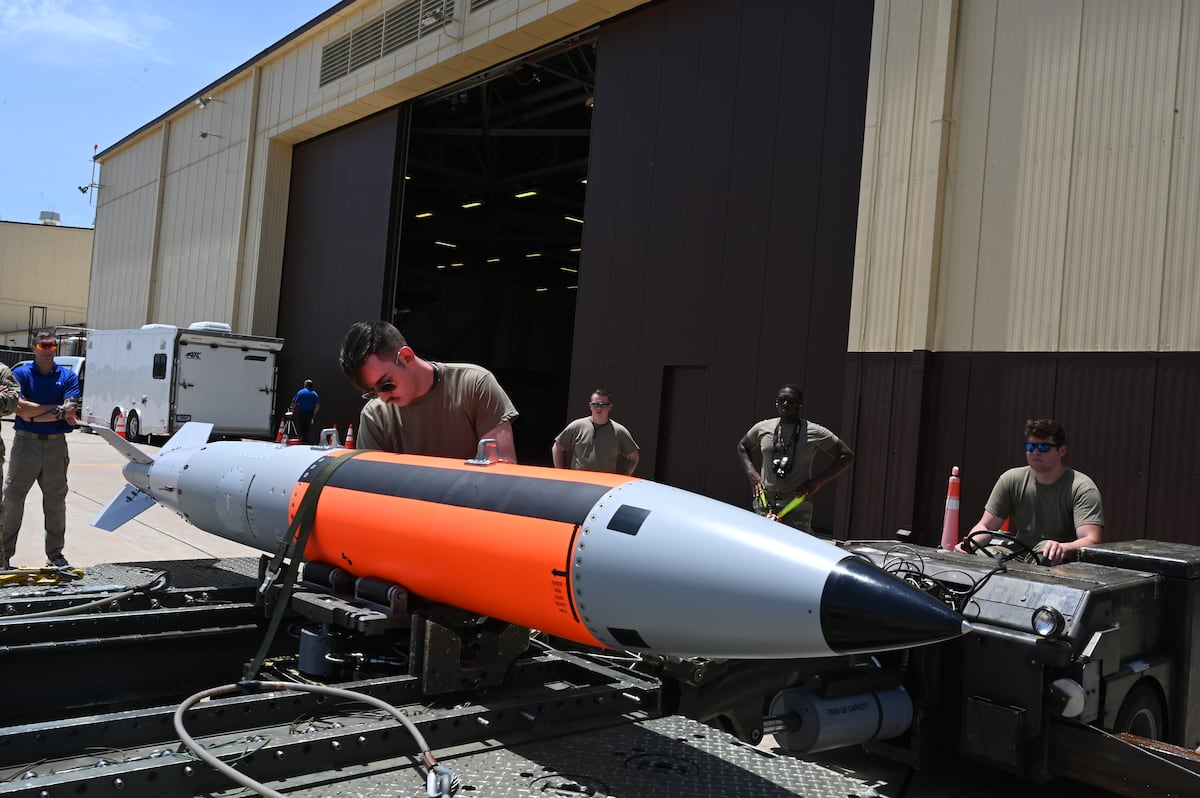
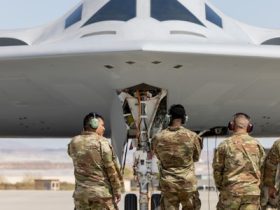

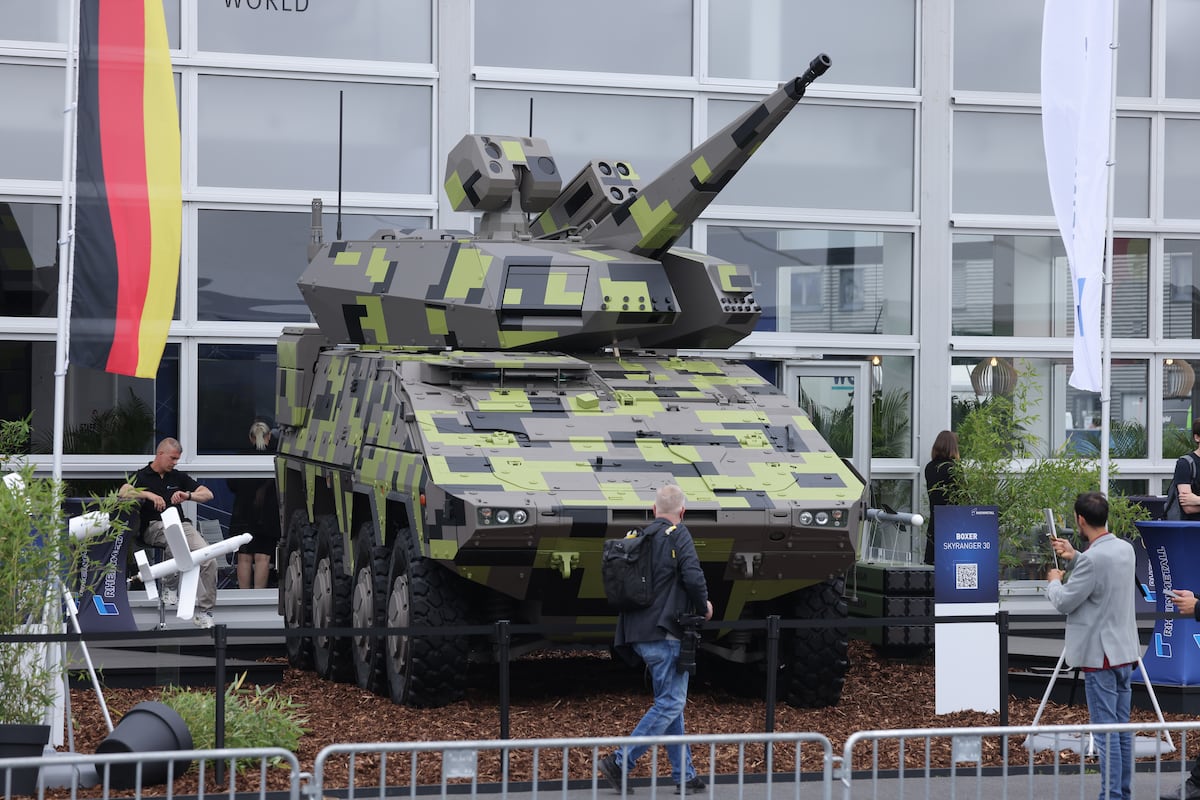
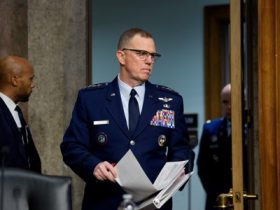

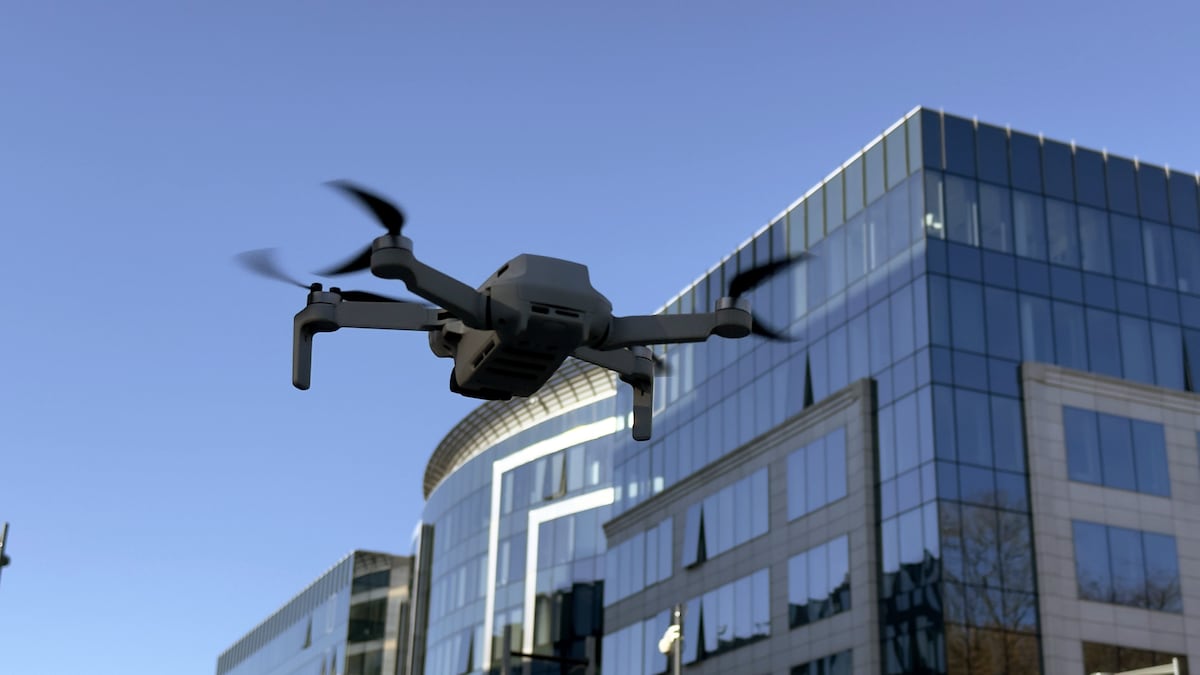
Leave a Reply